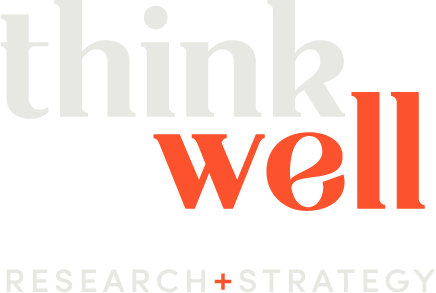More Than Just a Survey: Why a Diagnostic Assessment Is the Key to Success
When something feels “off” in a workplace – maybe engagement is dropping, teams aren’t communicating well, or retention is becoming a challenge – the natural first step is often to send out an employee survey. After all, surveys seem like a simple way to hear from employees and collect data. But while they might offer some surface-level insights, traditional surveys often don’t go deep enough to solve the real problems.
That’s where a diagnostic assessment comes in. More than just a survey, a diagnostic assessment is a scientific tool designed to uncover what’s really going on beneath the surface. It gives leaders a clearer picture of how their teams and workplace are functioning, and what changes will actually make a difference.
Let’s break down what makes diagnostic assessments so powerful, and why they’re a smarter way to support team success.
What Is a Diagnostic Assessment?
A diagnostic assessment is a structured process that uses scientifically developed tools to measure important workplace factors—like psychological safety, leadership, communication, and engagement. These tools are created by psychometricians, specialists who study how to accurately measure human thoughts, behaviors, and experiences.
What sets diagnostic assessments apart is that they aren’t just random lists of questions. Instead, they’re built around a model that connects specific workplace factors to the outcomes an organization cares about – like retention, team performance, or employee engagement.
How Is It Different from a Traditional Survey?
Employee surveys often use what are called “face valid” questions—questions that sound relevant on the surface but don’t always get to the heart of the issue. For example, a survey might ask, “Do you feel engaged at work?” That’s useful, but it doesn’t tell you why someone is disengaged, or what to do about it.
In contrast, a diagnostic assessment starts with the outcome of interest—say, improving retention—and works backward. It builds a model of all the predictive factors that could influence that outcome: leadership style, team dynamics, workload, recognition, and more. Then it uses valid and reliable measures to assess those factors.
Let’s pause and define those two key terms:
Validity means the tool actually measures what it claims to measure. If you want to understand team trust, the tool has to clearly measure trust—not something else that only looks similar.
Reliability means the tool gives consistent results over time and across different people or groups. That consistency is key if you want to make smart decisions based on the results.
Because of this, diagnostics don’t just tell you how people are feeling. They tell you what’s causing those feelings and what to do next.
It’s All About the Model
A strong diagnostic starts with a clear model. At Thinkwell, we work with leaders to define the outcomes they care about—whether it’s improving engagement, reducing turnover, or strengthening strategic alignment.
From there, we build a custom model using research-based psychological constructs. These are things like motivation, communication, leadership style, psychological safety, and more. We map how these factors relate to each other and how they might be driving the outcomes of concern.
This approach allows us to spot patterns, identify root causes, and highlight theinterrelationships between key elements of workplace health. It’s not just about what’s happening – it’s about why it’s happening and what you can do to fix or improve it.
When Should You Use a Diagnostic Assessment?
Diagnostic assessments are the ultimate tool for organizations facing ongoing or high-impact challenges that require deeper insight and a nuanced approach. However, you don’t need to be in crisis to benefit from a diagnostic. In fact, one of the best times to use it is when everything seems “mostly fine”, but you want to be proactive.
A diagnostic assessment works just as well for companies that aren’t facing an urgent issue as those who are. The difference is in tailoring the methodology to match your organization’s needs.
Mixed-method (e.g., quantitative and qualitative) assessments are ideal for tackling significant workplace challenges such as persistent recruitment and retention difficulties, elevated levels of absenteeism, turnover, or medical leave, low employee engagement, or unresolved conflict within teams or between staff and leadership.
On the other hand, quantitative assessments are an efficient and effective diagnostic tool for organizations seeking a general check-up. These can also help when there are early warning signs like small drops in morale, mild challenges with retention, or uncertainty around team alignment and communication.
Leaders also use diagnostics when they need data to support strategic decisions – like where to invest in training, how to support culture change, or how to improve performance.
Why It Works
In short, diagnostic assessments give leaders what they really need: clarity. While traditional surveys skim the surface, diagnostics dive deep into the factors that shape employee experience and team outcomes.
By using valid and reliable tools grounded in science, you get data you can trust—and insights you can act on. Whether you’re trying to strengthen your team, improve engagement, or simply understand how your workplace is doing, a diagnostic assessment is a smarter, more strategic way to move forward.
